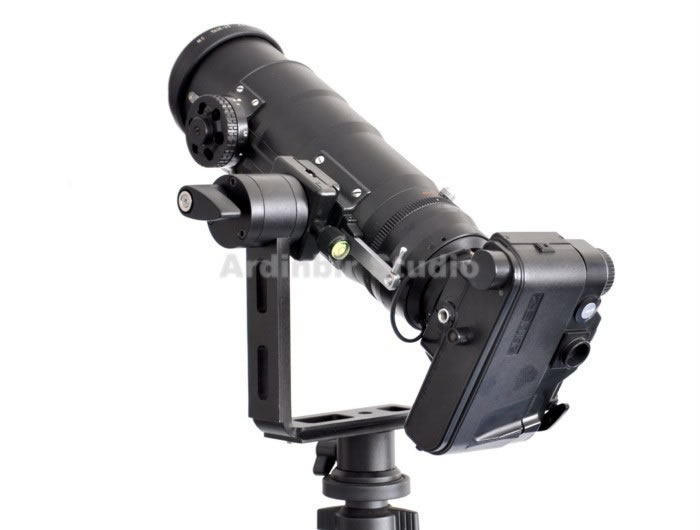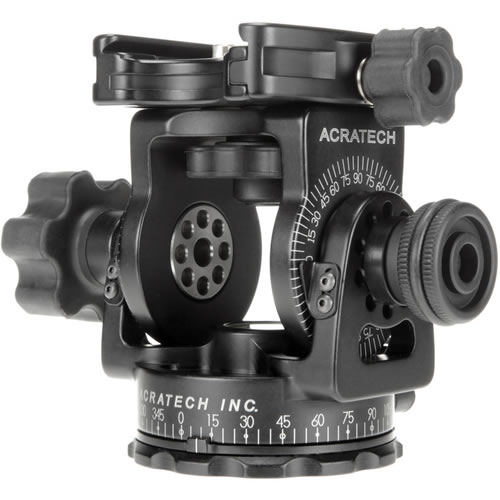For next week's Photoshop exercise, you'll use (at least) three images.
There are many ways to get a good panoramic image these days. Software and even built-in camera features can help you create tolerable panoramas.
Try Hand Stitching:
In Photoshop, put each image on its own layer...
...drag the images so that they line up correctly.
You may set the upper image(s) to 50% transparency so you can see the alignment.
You may have to rotate one or more images.
You may have to scale one or more images.
You may have to distort one or more image to correct for lens distortions.
You may have to alter contrast and tonal range to adjust for varied exposures or lens vignetting.
Do all that, and you'll likely have a nice set stitched images...and you'll appreciated the automated tools offered by Photoshop's PhotoMerge tool.
Let Photoshop Try it ... automatic stitching
If your photos overlap well, AND if they have good common reference points that software can identify, then this will work well.
Using the same three+ images, each on their own Photoshop layer, create 3 distinct and interesting images only by changing Blend Mode traits on your layers. You may also manipulate Layer Opacity and/or create Layer Masks to control the final image.
Explore the Blend Mode options in Photoshop after viewing the following podcasts. Review last weeks podcasts if needed.
Tutorial on how to stitch image using Photomerge | Another |
UAP: Creating a Panorama
This video tutorial does a good job of introducing Photoshop's tools for stitching panorama's using Photoshop Photomerge
Richard Harrington's Understanding Adobe Photoshop tutorial on Creating a Panorama
PS Basix: Photomerge
This video tutorial, below goes through the Photoshop tools for automatically aligning multiple images using the Photomerge tool.
Part 23: Aligning and Blending Images Together will explain auto-align and blend, panoramic photos, and montages of movement.
***** Photostitching
See images in MiniBridge;
select images to be alligned;
Tools (menu): Photoshop: Photomerge;
Photomerge dialog: Auto/Blend Images Together/Geometric Distortion Correction
Montage from three images: select images in miniBridge;
Tools menu: Photoshop: Load Images into Photoshop.
Shift-Select image layers;
Edit: Auto-Align Layers:
Auto-Align Layers dialog: Auto (only)
Add pixel masks and edit to display preferred imagery
Hugin — for elaborate, tough, large or alt projections
Photoshop does a nice job with photo stitching as long as your images overlap well, and have easily distinguished details.
For me, Hugin is my preferred tool. I can stitch and fine-tune the stitching of large and complex images. I can control more. Hugin offers, frankly, far more options than I yet know what to do wiht.
Hugin is an open-source program that can be freely downloaded and installed on most any computer (Mac, Windows32 64, Linux).
There are tutorials for many common tasks. This tutorial covers the basics, step-by-step.
Open a Hugin project.
Add Images.
Try the automatic stitching tools -- most of the time these will solve your panorama.
But you can
a) tell Hugin which parts of your images actually overlap
b) which parts are not suposed to overlap,
c) freely alter the type of projection.
d) ...and a whole lot more.
When you've got your image set up (aligned properly), use the Stitcher tab/panel to set up the size and format of your final image.

